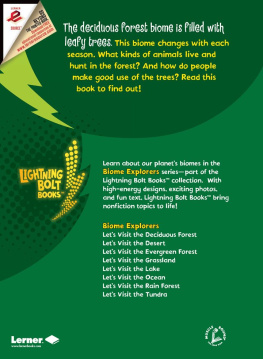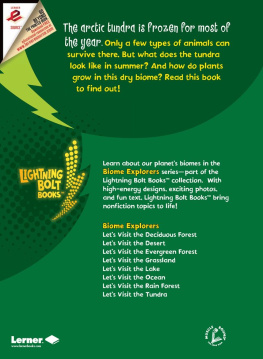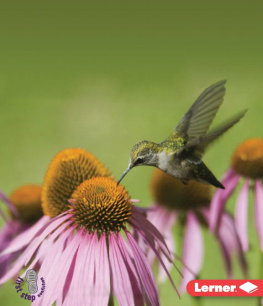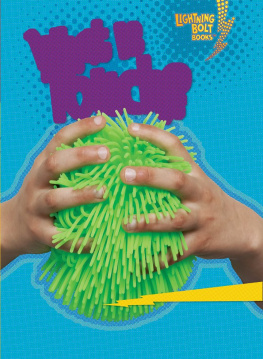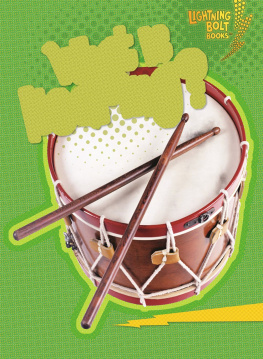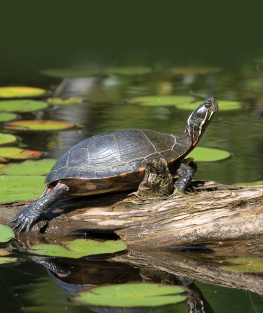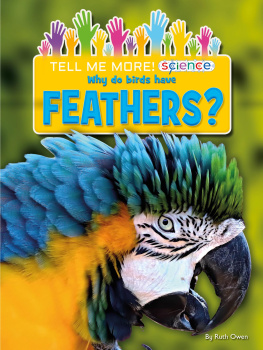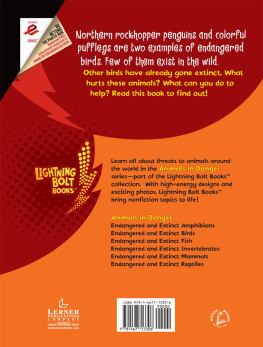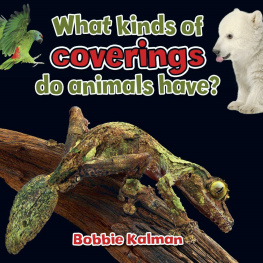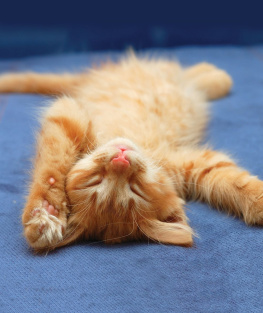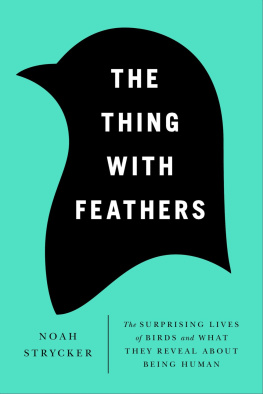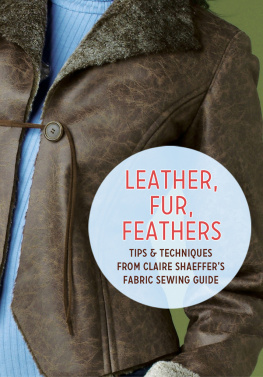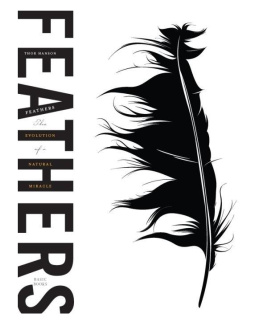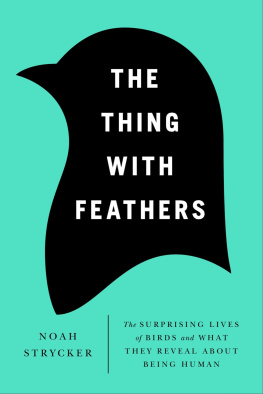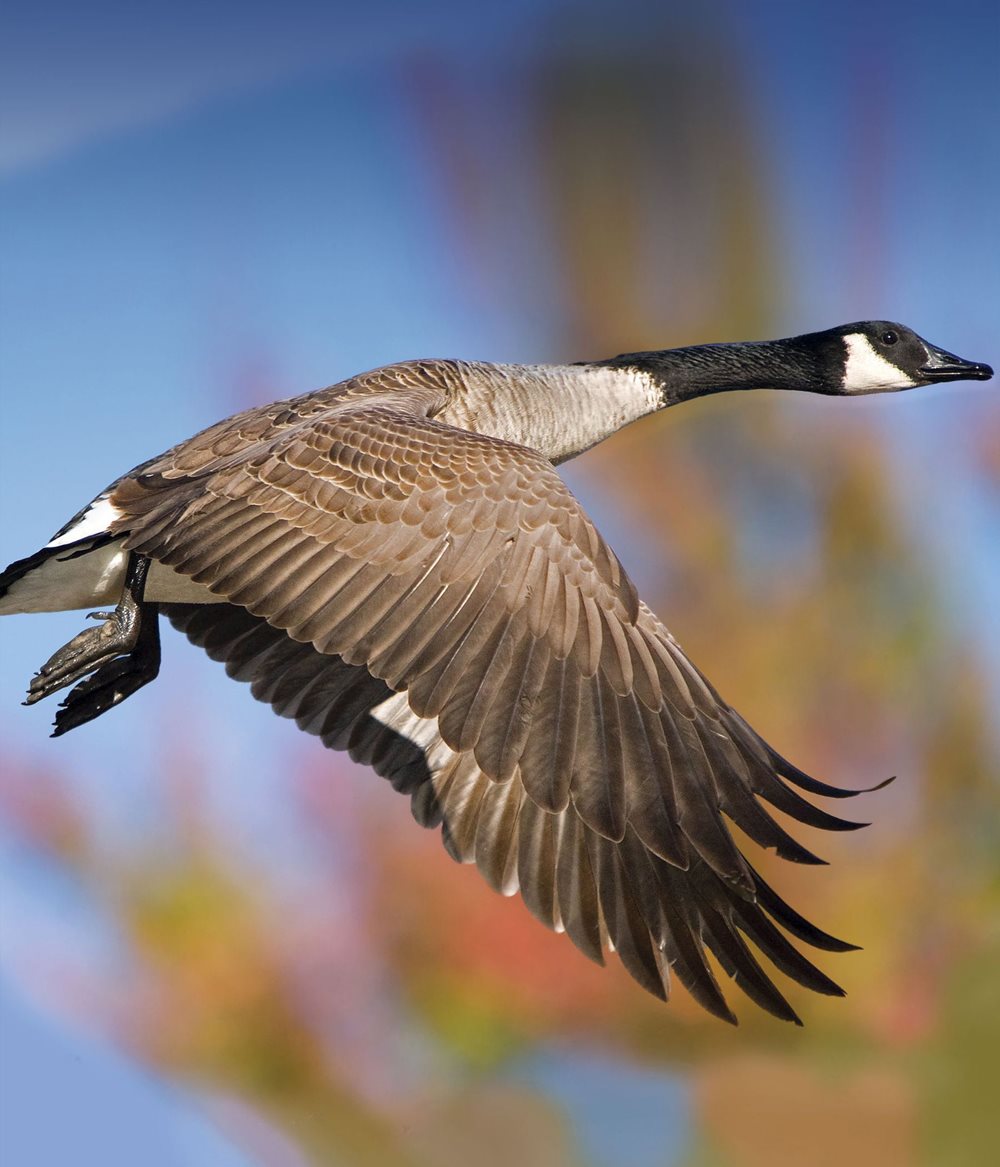Feathers
by Jennifer Boothroyd
Feathers are light body
parts.
Birds are covered with
feathers.
Feathers grow from a birds
skin.
Soft and fluffy feathers keep
birds warm.
Feathers used for flying are
strong.
They help keep birds
moving in the air.
Ducks have feathers that
help them float.
Some birds have fancy
feathers.
Feathers are many colors.
Some feathers change color
in different seasons.
Some birds take baths in
water to clean their feathers.
Other birds clean their
feathers with their beaks.
Birds pull out old or broken
feathers.
They also shed feathers.
Feathers can help birds hide.
Feathers help birds survive
in their surroundings.
Feathers
Feathers used for flying are strong. Each feather connects to the birds skin at the quill. The rachis is a hollow tube. It is in the center of the feather. Barbs branch out from each side. These make the vane of the feather. On each barb are tiny barbules. The barbules hook together. This makes the feather smooth and stiff.
Parts of a
Feather
Facts about Feathers
People need special permission to collect bald eagle feathers.
Feathers are made of keratin. Human fingernails are made of the same material.
For centuries, people used feather quills for writing with ink.
In many kinds of birds, the male has more colorful feathers than the female.
The feathers of flamingos change color depending on what they eat.
A penguin has short feathers. They are very close together. They keep water away from the penguins skin.
Some hummingbirds have fewer than 1,000 feathers. Some swans have more than 25,000.
Glossary
beaks the hard mouthparts of birds
feathers light body parts that cover a birds skin
shed to lose or fall off
skin the outer covering of a person or animal
survive to keep living
Index
clean
colors
float
flying
shed
skin
survive
Copyright 2012 by Lerner Publishing Group, Inc.
All rights reserved. International copyright secured. No part of this book may be reproduced,
stored in a retrieval system, or transmitted in any form or by any meanselectronic, mechanical,
photocopying, recording, or otherwisewithout the prior written permission of Lerner Publishing
Group, Inc., except for the inclusion of brief quotations in an acknowledged review.
The images in this book are used with the permission of: Adrianna Williams/CORBIS, pp. 2,
22 (second from top); Gunter Marx Photography/CORBIS, p. 3; Mike Neale/Dreamstime.
com, pp. 4, 22 (fourth from top); Philippe Clement/Minden Pictures, p. 5; Bryant Aardema/
Shutterstock Images, p. 6; Marty Ellis/Shutterstock Images, p. 7; Keith Douglas/CORBIS,
p. 8; Konrad Wothe/Minden Pictures, p. 9; Harry Giglio/Bluemoon Stock/Photolibrary, p. 10;
Robert Maier/Animals Animals, p. 11 (left); Jim Brandenburg/Minden Pictures, p. 11 (right);
Gordon & Cathy Illg/Animals Animals, p. 12; Fiona Green, p. 13; Juergen & Christine
Sohns/Animals Animals, pp. 14, 22 (top); Doug Cheeseman/Peter Arnold, Inc./Alamy, pp. 15,
22 (third from top); SMuller/Wildlife/Photolibrary, p. 16; Arthur Morris/Visuals Unlimited,
Inc., pp. 17, 22 (bottom); Laura Westlund/Independent Picture Service, p. 19.
Front Cover: Marty Ellis/Shutterstock Images.
Main body text set in ITC Avant Garde Gothic 21/25. Typeface provided by Adobe Systems.
Lerner Publications Company
A division of Lerner Publishing Group, Inc.
241 First Avenue North
Minneapolis, MN 55401 U.S.A.


